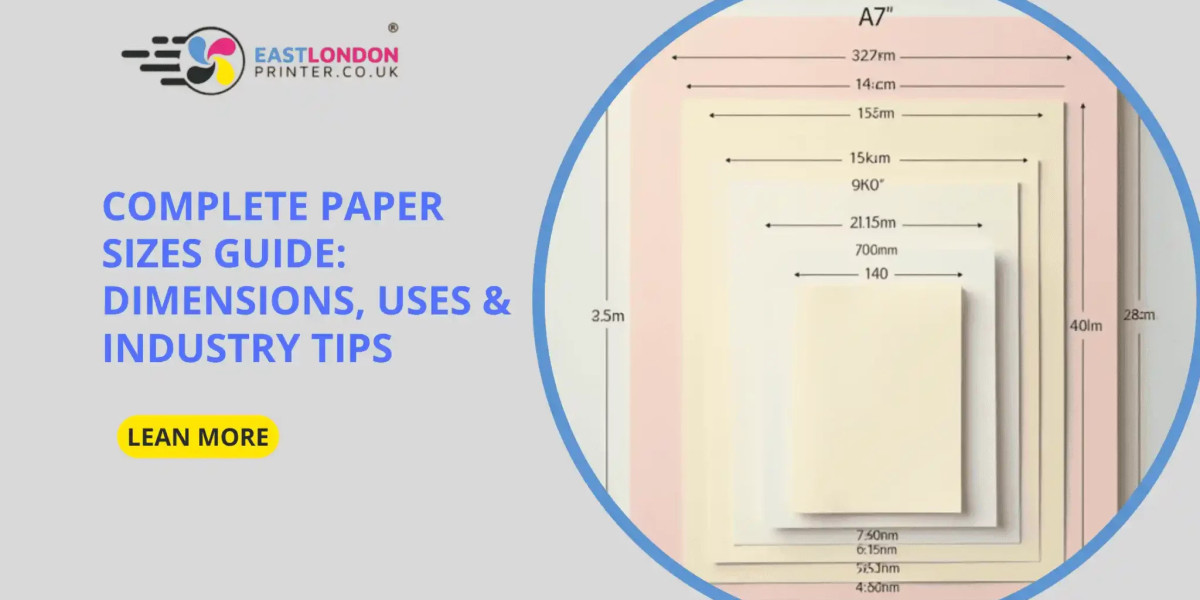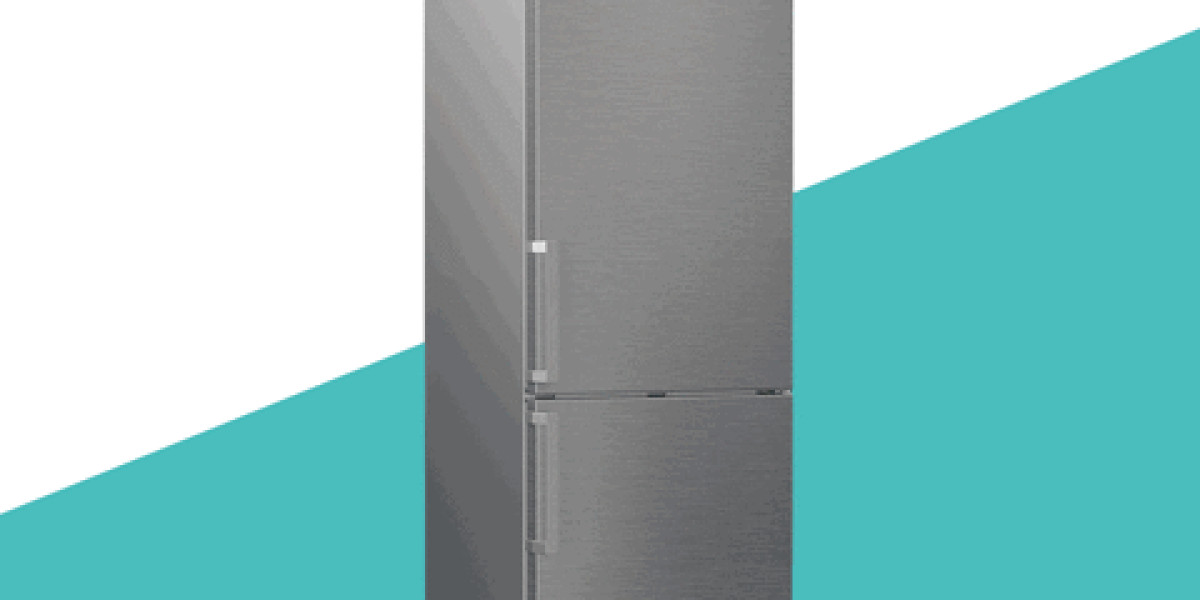Choosing the right paper size might seem like a small detail, but it plays a big role in printing. Whether you're printing flyers, business cards, posters, or brochures, knowing your paper sizes helps you create more professional results.
In this blog, we’ll walk you through common paper sizes, their measurements, what they are used for, and a few tips to help you make the right choice.
Understanding Paper Sizes: The Basics
Most printed materials in the UK and Europe use the ISO 216 standard, which includes the A, B, and C series. The A-series is the most popular.
Let’s look at the most common sizes from the A-series:
Size | Dimensions (mm) | Dimensions (inches) | Common Uses |
A0 | 841 x 1189 | 33.1 x 46.8 | Posters, architectural plans |
A1 | 594 x 841 | 23.4 x 33.1 | Large posters, displays |
A2 | 420 x 594 | 16.5 x 23.4 | Medium posters, charts |
A3 | 297 x 420 | 11.7 x 16.5 | Flyers, menus, small posters |
A4 | 210 x 297 | 8.3 x 11.7 | Letters, brochures, standard paper |
A5 | 148 x 210 | 5.8 x 8.3 | Handouts, small booklets |
A6 | 105 x 148 | 4.1 x 5.8 | Postcards, invitations |
? Other Paper Series: B and C Sizes
While the A-series is widely used, the B-series is mainly for posters, and the C-series is often used for envelopes.
B-Series (e.g., B5, B4, B3): Slightly larger than A-series. Ideal when you need extra space for visuals.
C-Series (e.g., C4, C5): Designed to fit A-size paper inside, commonly used for envelopes.
?️ Most Common Paper Sizes and Their Uses
Here’s a closer look at what different sizes are typically used for:
✅ A4 (210 x 297 mm)
Most common paper size for everyday use.
Used for letters, invoices, presentations, schoolwork.
Ideal for documents, printing at home, and office printing.
✅ A5 (148 x 210 mm)
Handy and compact.
Used for notebooks, small flyers, and handouts.
✅ A3 (297 x 420 mm)
Often used for posters, menus, and folding brochures.
It’s twice the size of A4 and works well when you need more space.
✅ A2 / A1 / A0
Best for posters, signs, plans, or anything that needs to grab attention.
A0 is the largest and is perfect for architectural or engineering work.
Industry Tips: Choosing the Right Paper Size
Think about your message: If it’s short and simple, A5 or A6 might do. For more content or images, go with A4 or A3.
Consider your audience: Posters for busy areas should be large (A2 or A1) so people can see from a distance.
Match your envelopes: For example, an A4 sheet fits inside a C4 envelope without folding.
Plan for print bleed: If you're designing edge-to-edge, add 3mm bleed to your artwork.
Paper Size for Design and Marketing
Each paper size gives you different creative space:
A6 for postcards or discount cards
A5 for event flyers or invitations
A4 for product brochures or menus
A3+ for art prints or displays
At East London Printer, we can guide you to the best option for your project—whether you need something compact or something bold and oversized.
Why Paper Size Matters in Business
For businesses, the right paper size is about more than just looks. It affects cost, layout, and print turnaround. Here’s how:
Printing Cost: Larger paper often costs more, so choose smart.
Readability: A cluttered A5 flyer may lose your message—consider A4 for more content.
Impact: A big poster (A1 or A0) makes a stronger visual impression.
Need Help with Paper or Print?
At East London Printer, we print all paper sizes—from A6 leaflets to massive A0 posters. Whether you need 10 or 10,000 prints, we provide fast, affordable, and high-quality printing right here in London.
? Email: hello@eastlondonprinter.co.uk
? Phone: +44 (0)20 7041 9649
? Website: East London Printer
Conclusion
Paper sizes may seem like a small part of printing, but they make a big difference. Knowing what sizes are available—and what they’re best for—helps you design better and communicate more clearly.
If you’re unsure which size to go for, just contact our friendly team at East London Printer. We’re always happy to help.








